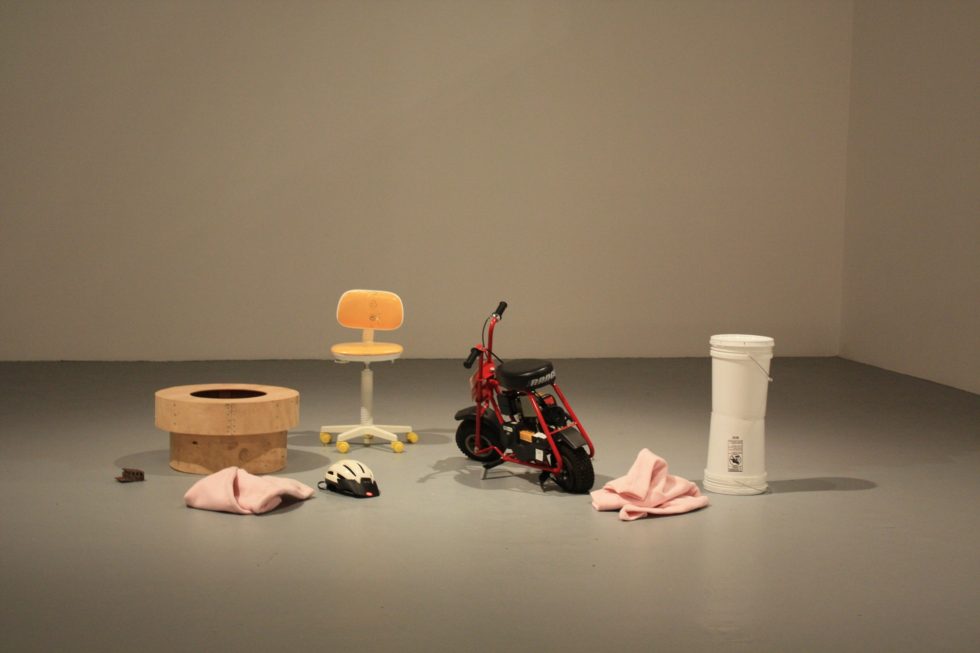

The Rita and Taft Schreiber Collection: This collection is comprised of eighteen paintings, sculptures, and drawings created between 19 by thirteen artists. The collection traces the major categories that have accompanied the regression of contemporary art in the last four decades, from Minimalism of the 1960s and 1970s, to Neo-expressionism and New Image Painting, Post-Minimalism, and Post-Modernism of the 1980s. The Barry Lowen Collection: This collection is comprised of sixty-seven works of painting, sculpture, photography and drawing by forty-one artists. The Panza Collection: Spanning a period from 1943 to the present, the works from the Panza Collection includes major movements or tendencies in postwar art including Abstract expressionism and the New York School, Pop Art, assemblage, eccentric abstraction and Post-Minimalism. The Museum of Contemporary Art in Downtown Los Angeles is a simple train ride away! The Museum’s permanent collections and rotating exhibitions showcase innovative and influential post-1940s American and European art. You can avoid the parking woes of downtown by transferring to the Metro Purple or Red Lines from L.A. Their exhibitions are always on contemporary art, but it's the good stuff, so you could spend an hour-or you could spend five.Enjoy the arts with Metrolink! If you want to see the historic transformation of contemporary art, get over to the Museum of Contemporary Art in Downtown Los Angeles. If you're short on time, visit one location. Lemonade, in the Grand Avenue building, is decent, offering sandwiches and salads and great fresh-squeezed lemonade.Īny advice for the time- or attention-challenged? Offering everything from artist-designed beach towels, to boutique perfume, to editioned art pieces to books, and ephemera relating to the museum's exhibits, it's a museum gift shop that has gifts for everyone, including yourself. The MOCA Store is a great stop on the way out of the Grand Avenue building.

Gift shop: obligatory, inspiring-or skip it?
#GEFFEN MOCA MUSEUM FREE#
The docents at MOCA are top-notch, and tours come free with the $15 admission charge (the Pacific Design Center location is free, but doesn't offer tours). The Grand Avenue building is angular and vertical, so it can be tough to get around for visitors with mobility impairments, but there are plenty of elevators, and the Geffen is more accessible.

The museums themselves have plenty of benches to take a rest and consider the art. MOCA has three different buildings: the Grand Avenue building in Museum Row, the Geffen Contemporary in nearby Little Tokyo, and a smaller gallery at the Pacific Design Center in West Hollywood-so it could take all day driving around to see all that MOCA has to offer. The permanent collection is usually more populated, and that's where the kids usually are, so if you're looking to avoid the crowds, it's best to stick to the temporary exhibits. MOCA creates an inclusionary space for a wide audience, but the shows are often intelligent enough to keep the crowds intellectual and demure. Chief curator Helen Molesworth has been crushing it since taking over in 2014, when she began overseeing powerful shows by Kerry James Marshall, Mickalene Thomas, and Hito Steyerl. "There isn’t a city in America-not New York, not Chicago, not Houston, not San Francisco-where a more impressive museum collection of contemporary art can be seen," The Los Angeles Times's chief art critic Christopher Knight once said. The 6,000-piece collection contains prime works by Agnes Martin, Nam June Paik, Jackson Pollock, and Mike Kelley.

Three museums in one, really, MOCA is a cutting-edge museum with temporary exhibitions by established and emerging artists, and one of the greatest contemporary art collections in the world.


 0 kommentar(er)
0 kommentar(er)
